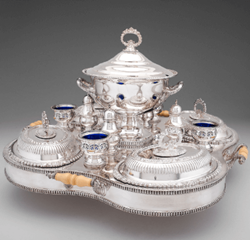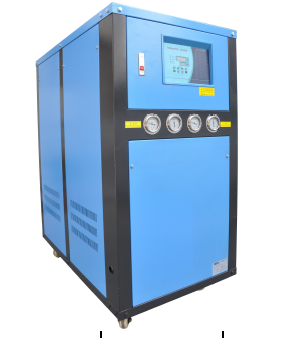The main processes of the ABS electroplating process were analyzed for oil removal, coarsening, sensitization, activation and electroless plating. The purpose, principle, method and precautions of the main process were pointed out. The causes of the plating quality caused by the electroplating process were analyzed and the solutions were proposed.
Plastic electroplating can make the surface of plastic products have metallic luster, beautiful appearance, and play a decorative role; improve the mechanical strength of the surface of the products and prolong the service life; make the plastic products have high stability to light and atmospheric and other external factors, not easy to aging; Plastics are conductive, magnetically conductive, and solderable. Plastic electroplating products can be used in aerospace, shipbuilding, automotive, electronic and electrical appliances, architectural decoration, toys and daily necessities, and are widely used. Plastics that can be used for electroplating include: ABS, polypropylene, polysulfone, polycarbonate, nylon, polystyrene, and phenolic glass fiber reinforced plastics, among which the largest amount of ABS, the most mature technology, the best plating.
ABS is an amorphous polymer material, the appearance of ivory, opaque, odorless, non-toxic, non-toxic, with excellent electroplating properties, is an excellent non-metallic plating material, and its adhesion to the substrate and other plastic than other plastic To be strong. The content of butadiene in ABS plastics has a great influence on the electroplating effect. Generally used for electroplating ABS, the butadiene content can not be less than 10%, generally should be 18% to 24%. During the electroplating process, the elastomeric phase (also called the rubber phase) formed by butadiene in ABS is eroded to form many holes that can produce a “cast riveting” effect during plating. This bottleneck-shaped hole can greatly enhance the plating layer. The binding force. Infrared spectroscopy revealed that reactive groups such as COOH, CHO, OH, and SO3H polar groups exist on the surface of the chemically roughened ABS plastic. These polar groups can chemically bond with the metal coating. Improve the bonding strength of the coating.





